
Samsung was the pioneer in the world of foldables, and the company’s Galaxy Z Fold series has marked the leader in the market ever since. But, after effectively perfecting its take on the form factor last year, Samsung has been forced by the pressure of competition to finally sit down and make some bigger changes. The Galaxy Z Fold 6, even in the broader landscape, meets all of the basic requirements of being a great foldable, but is that still enough?
Considerably better hardware (until you look at the competition)
The hardware is easily the biggest change on the Galaxy Z Fold 6, so let’s start there.
With this generation, Samsung has finally addressed two of the biggest complaints about the Fold series – the thickness and the narrow outer display – by making some pretty small changes.
Starting with the outer display, it’s been made 3mm wider by thinning out the bezels and hinge and pushing the display right up to the edges. The phone itself is just 1mm wider than the Galaxy Z Fold 5. We’ll talk more about what it’s like to use that later, but the physical design here feels better than those numbers suggest. The hinge fades into the background while using the device, and the flat edges of the device help make the display feel a little bigger than it actually is.
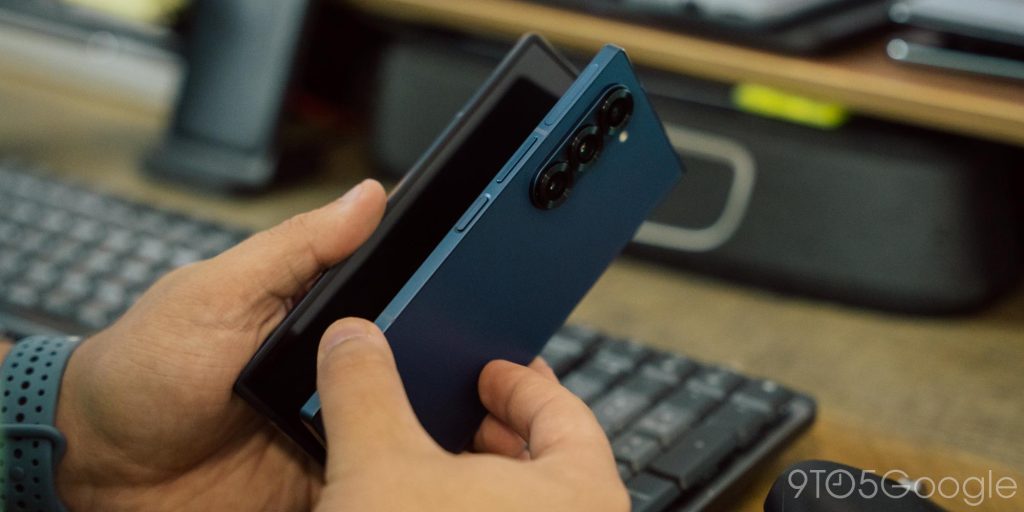
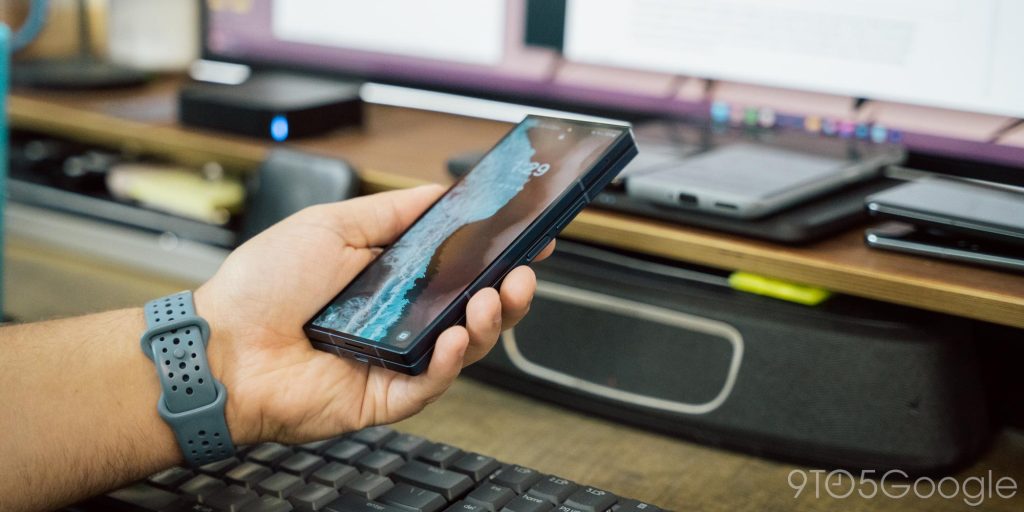
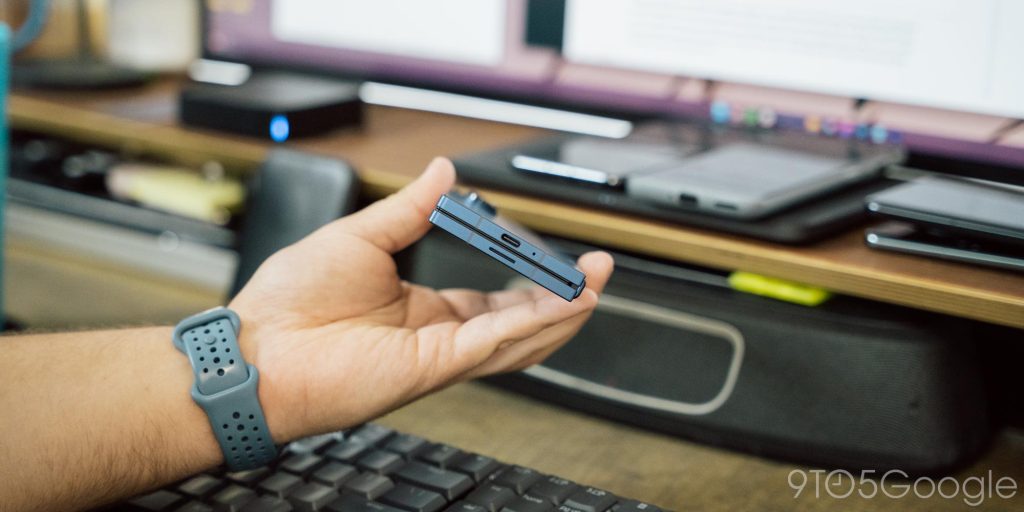
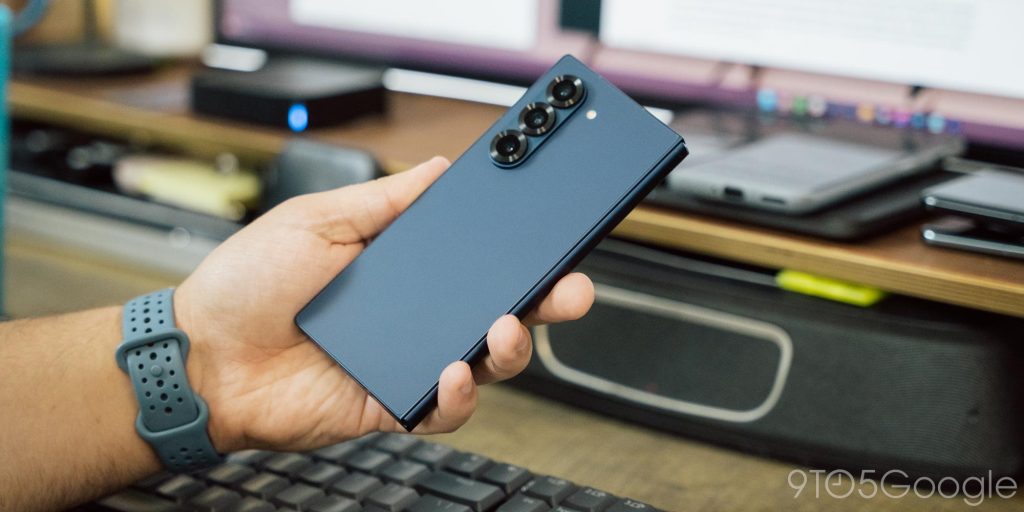
Those flat edges are a distinct change in design, too, as previous Folds have had at least somewhat rounded edges on the metal. Combined with the matte finish, this feels great, at least in short bursts. If you’re using the device closed for an extended period of time the edges kind of dig into your hand a bit, but that’s something that will be solved with a case, something that virtually everyone buying this device will be doing anyway.
Meanwhile, the other big change is the thickness. This is Samsung’s thinnest foldable yet, measuring 12.1mm when closed. That’s down from 13.4mm on the Galaxy Z Fold 5. Even that is noticeable, but this will be an even bigger change for users upgrading from the Fold 3 or Fold 4, which were around 16mm at the point of their hinge. It’s a drastic improvement in that regard. From those older devices, too, the other key upgrades are that the hinge no longer has a gap (as solved on Fold 5), and the split between the two halves is easier to use. There’s a small section of black plastic which makes it much more comfortable to grip the two halves when opening up the device.

Samsung’s hinge also feels better than ever. It’s still as sturdy as ever when it comes to positioning the device at an angle, but Samsung has tweaked the formula to where the first few degrees almost spring open to make unfolding the device faster, while, the last few degrees also spring open just a little bit, but not aggressively as is the case with a lot of other foldables (particularly flip phones). On the whole, I think Samsung has really dialed in how the hinge is supposed to feel, and the best word I have to describe it is “smooth.”
As far as colors go, Samsung continues with a fairly boring set. The silver is clearly meant to look like the titanium Galaxy S24 Ultra, despite this device being made from aluminum, but it does look nice. The pink color could use a bit more vibrance. The blue pictured throughout this post is easily my favorite of the core colors, but I wish it wasn’t so dark. That said, when it gets hit with some bright light, it looks absolutely wonderful.
Through Samsung.com there’s also the faux carbon fiber-clad “Crafted Black” – I thought, as a society, we’d moved past carbon fiber-ing all of the things – which I think looks a bit gaudy (it also ditches the matte finish), and a white option.
The new displays are a near-perfect middle-ground
Ok so here’s my hot take. I think the tall and narrow designs of the Galaxy Z Fold series are good.
The easy-to-hold setup on the outer display wasn’t ideal for two-handed tasks, but it was delightful for one-handed use of the otherwise thick devices. As foldables have thinned out, I think we’ve very much reached the point where a phone’s regular width can be applied without it feeling too cumbersome – look at the OnePlus Open for proof – but I think Samsung found a really good balance here.
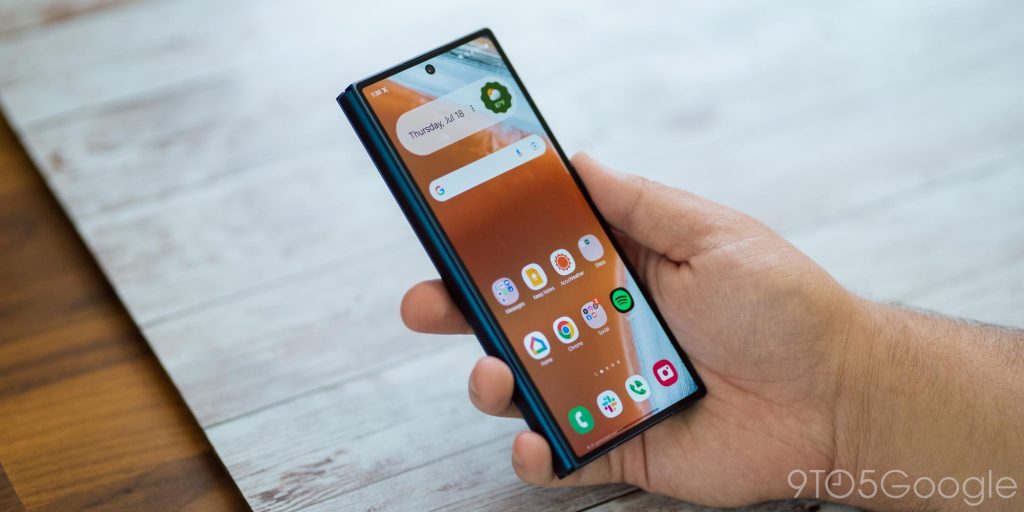
The phone itself is physically only 1mm wider when it’s closed, but the trimmed bezels and slimmer hinge lead to a display that feels much wider. It’s still much narrower than the average phone, and also slimmer than most other foldables, but it splits the difference quite well. If you hated Samsung’s narrow design before, this probably won’t be enough to change your mind. But if you felt it was just a little too narrow, this is a really good middle ground, I feel. And that’s largely because of the thickness. The Fold 6 still a fair bit thicker than the average smartphone, and this narrower design makes it possible to still comfortably use the device one-handed despite that thickness.
Beyond that, the narrow outer display still leads to a better internal display.
As I’ve said in the past, one of the issues that foldables still face is that Android apps for phones don’t necessarily want to run on tablets. You can do a lot in software to combat this, but it’s a truth down to today, and will be for years to come. Samsung’s near-square, but still taller-than-wide display makes for a display that most apps don’t have an issue with. Some do, like Accuweather, but for the most part I found that virtually all of my apps still work as I’d expect on the inner display. The wider shape isn’t without it’s benefits, though. Thanks in part to the new shape and to app updates, YouTube no longer wants to fight to stay in phone mode. But, on the other hand, Gmail still refuses to activate its dual-pane design on this form factor.
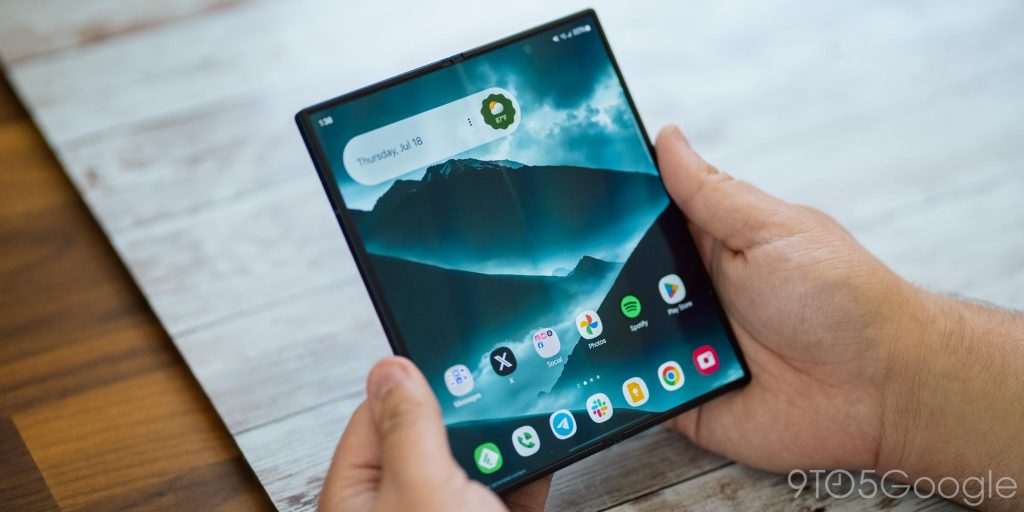
Software quirks aside, though, the inner display is simply stunning. The 7.6-inch panel feels bigger than previous generations, but also looks better on the whole. It’s much brighter, peaking at 2,600 nits, and is as vibrant as ever. Whether watching video, reading, or playing games, this display has just been an absolute pleasure. I wish it was a bit better on reflections, especially after seeing Samsung make big strides there with the Galaxy S24 Ultra earlier this year, but it’s a really, really good display, and without any deal-breakers.
The crease on the display has been improved marginally. It’s still not gone, and still not as good as, say, the OnePlus Open, but it’s fine. It doesn’t get in the way and fades more and more into the background. I don’t get why Samsung still hasn’t made the needed moves to finish the job (it’ll never be removed completely, but it can and should be better than this), but while we wait, this is perfectly acceptable.

One UI is still a treat on foldables, and now packed with AI
I’ve never been a huge fan of Samsung’s flavor of Android, but the company’s One UI skin is particularly good on bigger screens. That’s especially true of the Galaxy Z Fold 6, where I’d argue that Samsung’s Android skin makes for the best overall experience on a foldable. Only OnePlus’ OxygenOS, particularly its Open Canvas multitasking, comes close. That’s because the only real limit on multitasking on the Galaxy Z Fold 6 is your imagination. If you want it, the functionality is probably there. You can easily run up to three apps on screen at once with standard split-screen, and then you can really add as many more as you want with pop-up windows. It’s super useful, and Samsung further optimizes the experience through things like the side panel which contain the new AI-enhanced “Smart Select,” as well as apps that react to “Flex Mode,” setting the foldable up on an angle using the hinge.
But really, the software experience hasn’t changed much over the past few generations.
The “new” part this year is AI, with Samsung’s Galaxy AI suite making its way from the Galaxy S24 series to the Galaxy Z Fold 6. That includes:
None of these features are particularly new, but they have been enhanced. For instance, the translation services can now handle third-party calling apps, and can also translate entire PDFs at once. I’ve yet to run into a situation where I’d been able to use these, however. Samsung has also picked up a trick from Google’s Pixel Fold and can now use its inner and outer displays at the same time to assist with two-way translation. I’ve played around with this and it’s super neat, but I’ve not yet had a chance to see how it works in the real-world. That said, I think Samsung’s implementation is quite good. Launching the Interpreter app and simply tapping one button to start up the two-display translation is really easy, and quick enough to where you don’t have to think about the extra step. That’s unlike Google’s implementation, which isn’t nearly as intuitive.
AI features live throughout the rest of the experience, such as in the Gallery app. There, you can using Generative Edit to make advanced, AI-assisted edits to your photos. Samsung will also make suggestions for what to change. You can also sketch on an image to add elements to it, or take a photo of someone and generate a new cartoon-y look from it. These photo-based AI features, I feel, are wildly different in terms of usefulness. Sketch to image seems to be the best of the bunch, but I never found a natural or practical way to use it. That said, it can be incredibly fun and the results are often downright hilarious (in a good way).
The only AI feature I continue to use regularly are AI-generated wallpapers, which I think are pretty fun. That said, the new text-filled watermark Samsung applies to AI creations does put a damper on those wallpapers.

Samsung’s One UI continues to be a mixed bag, but one that is an overall positive here. I think it’s a solid experience on this larger screen, but I was also spoiled by the lightweight feel of the Pixel Fold’s Android build, and the speediness of OxygenOS on the OnePlus Open. And, on those devices, I didn’t feel like I had a million features I was ignoring. But, on these book-style foldables, that’s not necessarily the worst thing. These devices are meant for getting things done, so, for once, I’m on board for throwing in every feature under the sun.
On the note of performance, the Snapdragon 8 Gen 3 continues to impress. Paired with 12GB of RAM, it was ready for anything I threw at it, whether that was multiple apps or a round in Star Wars: Hunters with the graphics turned up to maximum. It never got particularly warm either. But, with a Qualcomm chip in 2024, that’s pretty much what I expect. I did notice some laggy sections of the software (for example the image picker in Telegram), but I think that can be chalked up to software bugs that will be patched.
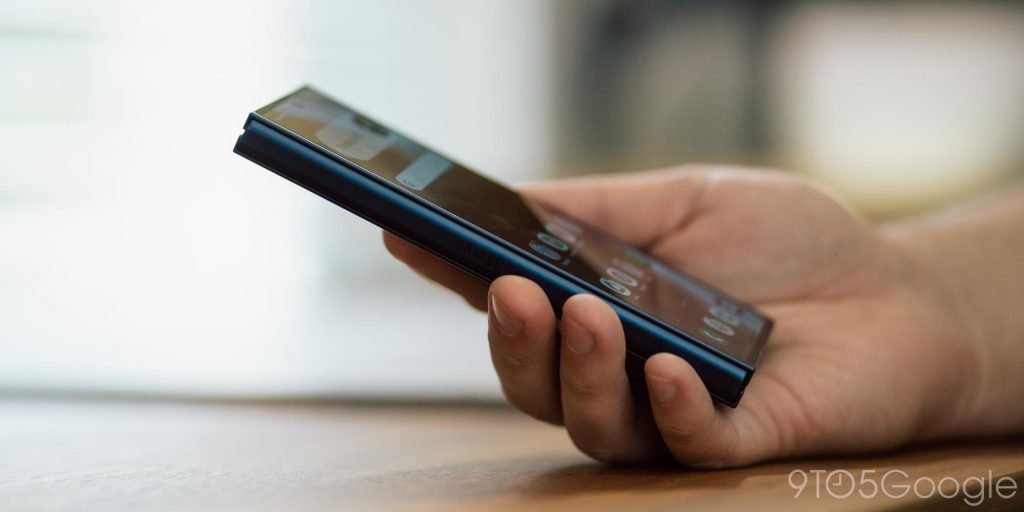
I’m so tired of Samsung’s cameras
The Galaxy Z Fold 6 doesn’t have much new to offer in tems of camera hardware. The main sensor is a 50MP shooter, the same one as last year, while the 12MP ultrawide has a new sensor that’s better at video and low-light capture. Then, a 3x telephoto lens is paired with a 10MP sensor to extend the zoom range a bit.
But, it’s really just a slightly new version of the same old story as ever.
The trio of main cameras on the Galaxy Z Fold 6 can be good. Many shots are genuinely stunning, and I think Samsung has really improved the processing on the Fold 6 over prior generations. It even feels improved just since the Galaxy S24 Ultra that I used earlier this year (and I’m still of the opinion Samsung’s 50MP shots are better on the whole than the 200MP one). Video is also excellent, as has been the case with Galaxy flagships for a few years now.
There is a lot to love here, especially as Samsung has a ton of software perks throughout its camera experience that you can use to improve shots beyond the point-and-shoot experience.
However, it suffers from the same typical Achilles’ heel that Samsung just seems to keep dealing with. If you throw even a little bit of motion into a picture, especially in anything less than ideal lighting, it all goes to crap. The shot just becomes unusable, and it leads to a constant sense of distrust whenever I’m trying to take pictures with this device. It’s similarly difficult when there are dark subjects in an otherwise bright frame. A white husky is visiting our home lately as a rescue, and the Fold 6 has a really tough time handling the stark difference between him and our existing black dogs.
See full-size samples on Google Photos
I’m just going to say it.
I think Samsung cameras are bad.
We’ve been through this same thing a million times now. New hardware doesn’t fix it, and the ongoing promise that “the next update will fix it” has become utterly meaningless. Samsung either knows that its cameras suffer from this central problem and won’t admit it, or stubbornly refuses to listen to feedback because it thinks the cameras are perfect as-is (they’re not). Given the company’s attitude towards how behind its foldables are compared to the competition, I honestly lean towards the latter scenario.
It’s exhausting and, frankly, insulting as a continued customer of this series. One of the biggest companies in the world, and the one who sells more smartphones than anyone else, should be more than capable of giving me a camera that’s actually good – not just good when it wants to be.
And, as with everything else, it’s not like Samsung’s competitors aren’t doing better here. Last year’s Pixel Fold is more consistently great thanks to Google’s stellar software, and the OnePlus Open threw excellent hardware and improved software at the problem and, lo and behold, it was really good!

Acceptable battery life (until you look at the competition)
The Galaxy Z Fold series has a terrible history when it comes to battery life, with the capacity having not changed in three generations. And now, that’s four, as the Galaxy Z Fold 6 has the same 4,400 mAh battery that Samsung started using in the Galaxy Z Fold 3.
It’s… fine.
Under normal circumstances, this battery paired with the impressive efficiency of Snapdragon 8 Gen 3 delivers a device that can handle a full day of use, but that will really depend on how you use it. If you’re going to be on that super-bright inner display all day, expect to have to top-off the battery sometime in the early evening. I was generally ending the day between 20-35% depending on usage, but I never killed it in a single day.
As for charging, that’s also unchanged. Samsung still bases its “50% in 30 minutes” on a 25W charger (which seems to the max charging rate) which is acceptable, but on the slower end in 2024, something I felt one morning when I realized I’d forgotten to charge the phone the night before. Wireless charging was my go-to, and it works as expected on any charger I used.
Ultimately this is all completely acceptable, it’s just a little annoying when looking at the competition. The OnePlus Open has a bigger battery that charges at lightning speed, while the Honor Magic V3, despite being just shy of 25% thinner (almost a full 3mm!), has a considerably bigger battery at 5,150 mAh.
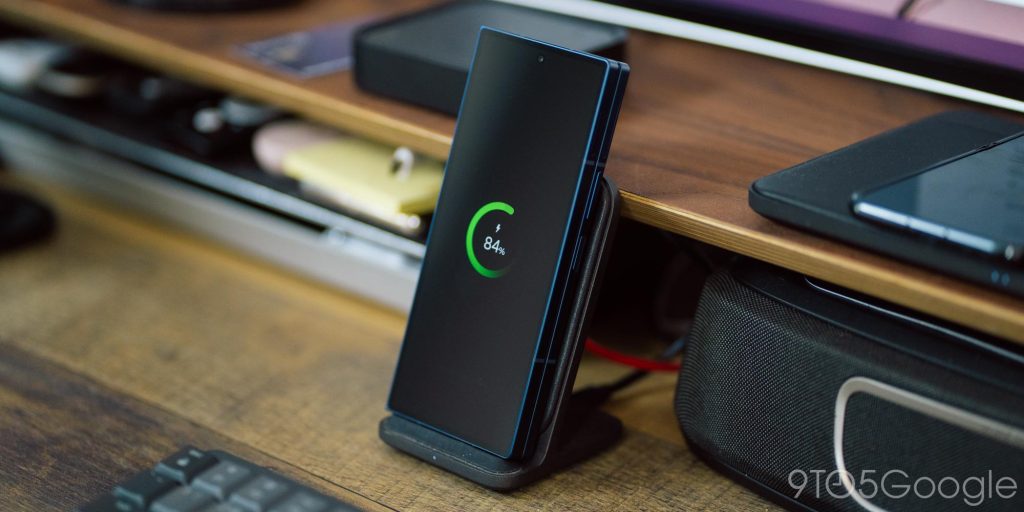
A fine foldable (until you look at the competition)
In case you hadn’t noticed a thread through this review, I’ll spell it out here. The Samsung Galaxy Z Fold 6 is a perfectly fine foldable, I’d argue a genuinely good one, but it’s no longer the best you can buy. That crown (alongside the bulk of sales) has moved on to other brands that are pushing this technology forward. Most of those are sold in China, but there are better options even in the US.
I still think the OnePlus Open, released almost a year before the Galaxy Z Fold 6, is an objectively better device. It has better hardware, a much better camera, and great battery life. It’s cheaper too.
Samsung really only has two advantages in my book. The first is software, as One UI, despite its many flaws, is so perfectly suited to the foldable experience. The second is long-term value. Other foldables sold in the US suffer from lackluster upgrade paths that can cost users an arm and a leg. Samsung, meanwhile, has been handing out over $1,000 for two-year-old foldables when upgrading to this latest generation.
The Galaxy Z Fold 6 is undoubtedly not leading the pack in foldables anymore, but Samsung still puts together a solid package.
Galaxy Z Fold 6 is available starting on July 24, with pre-orders open now. Samsung is offering up to $1,200 in trade-in credit alongside an additional $100 when you order at Samsung.com through our link below. Carriers and other retailers are also offering discounts and other perks when buying the $1,899 foldable. One of those perks is either free Samsung Care+ or discounted (depending on if you buy carrier or unlocked). I’d highly advise paying for Care+. I’ve had personally good success with replacement devices through the program, and you should not buy a foldable, even now, without insurance on it.
To close things out on the point of that price, the $100 hike is indeed a tough pill to swallow. But between this actually being a marked upgrade over prior generations and the fact that $100 probably won’t have a big impact when we’re talking about a near-$2,000 device anyway, it didn’t really bother me all that much.
Where to buy the Galaxy Z Fold 6:
- Samsung.com ($100 off with our link until July 24)
- Amazon ($300 gift card)
- Best Buy ($300 gift card)
- Verizon
- AT&T
- T-Mobile
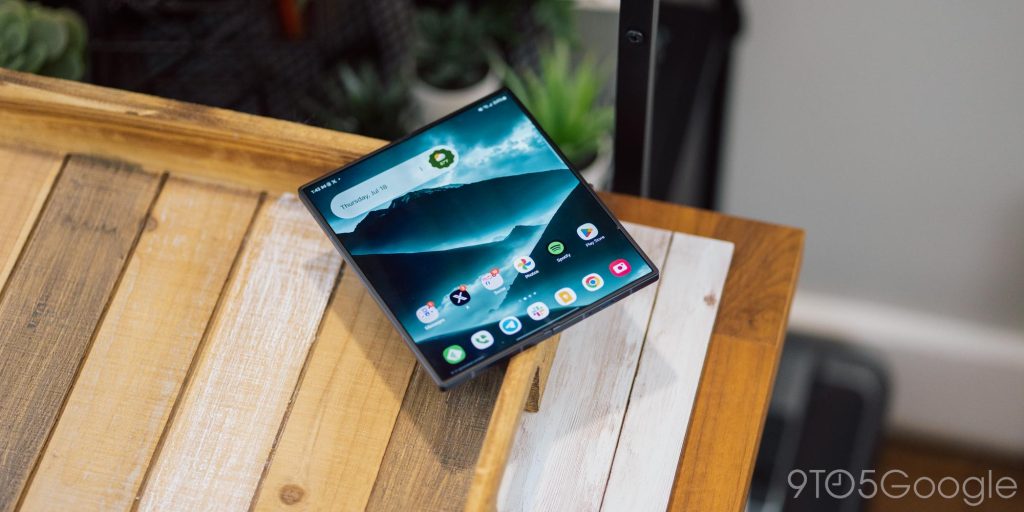
FTC: We use income earning auto affiliate links. More.


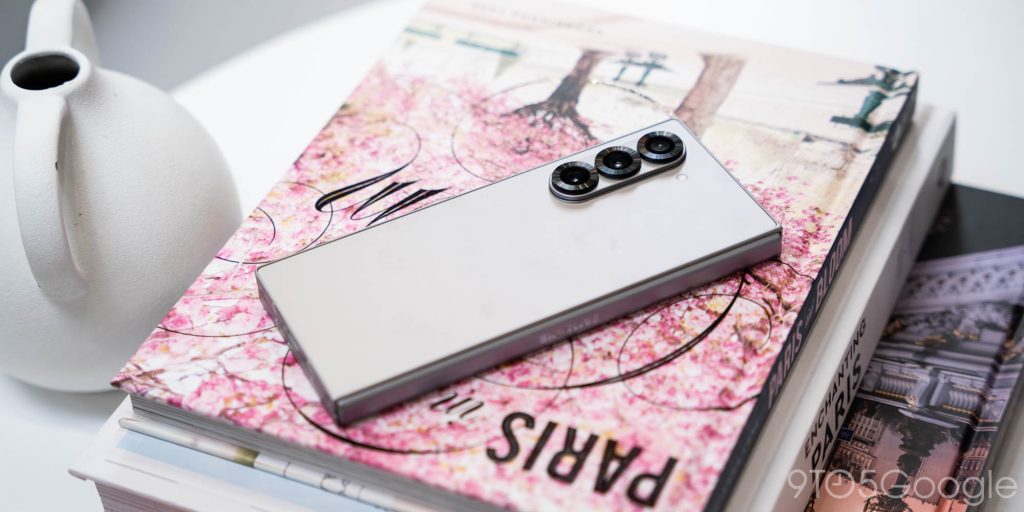
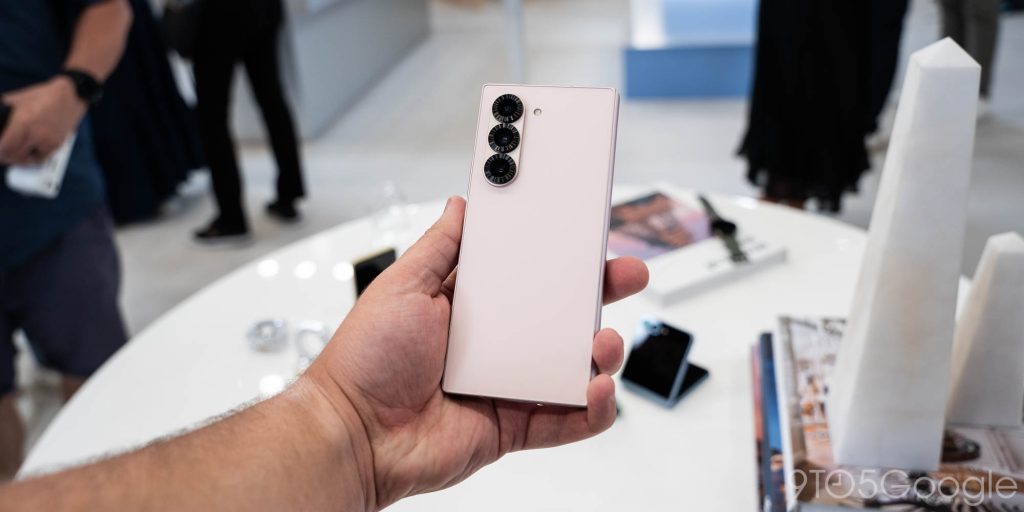
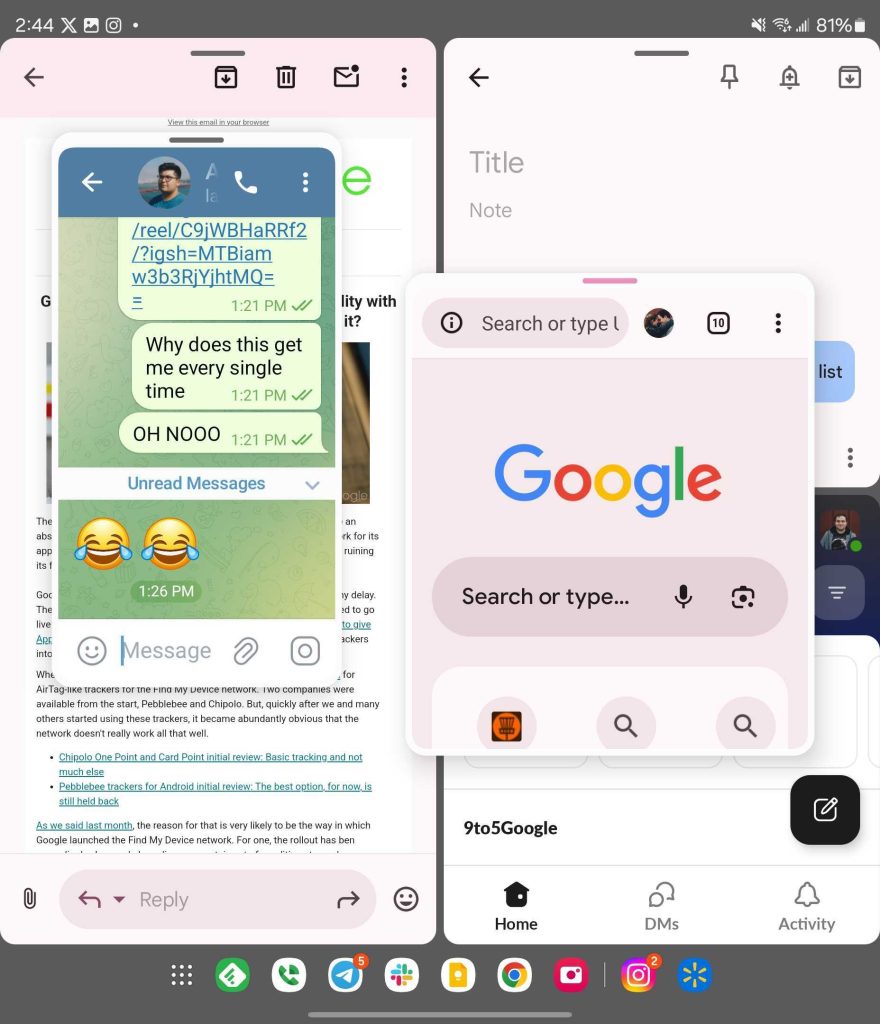
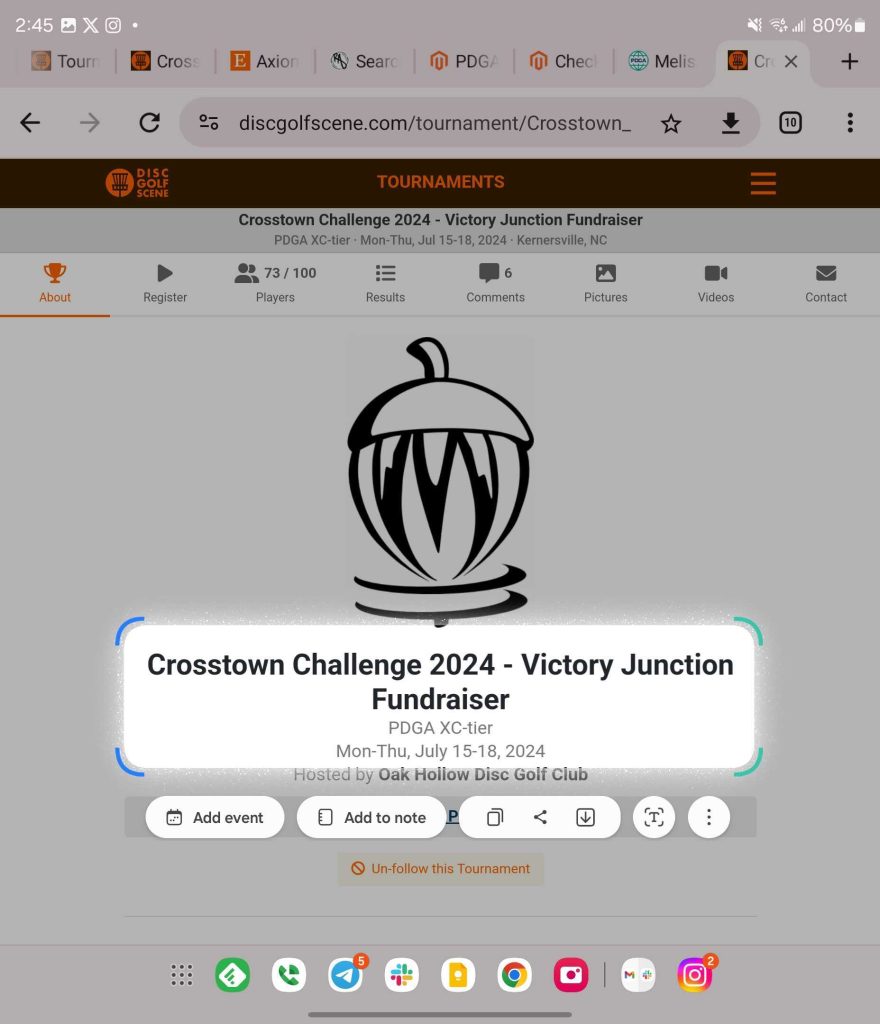
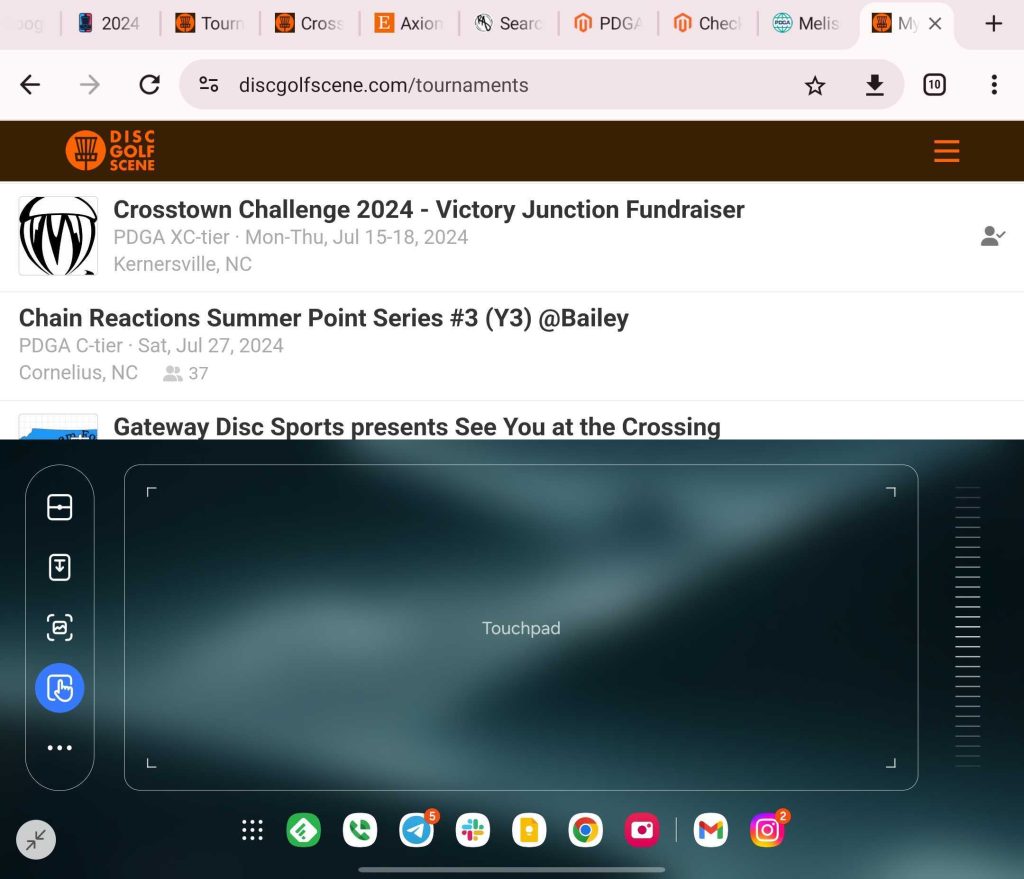

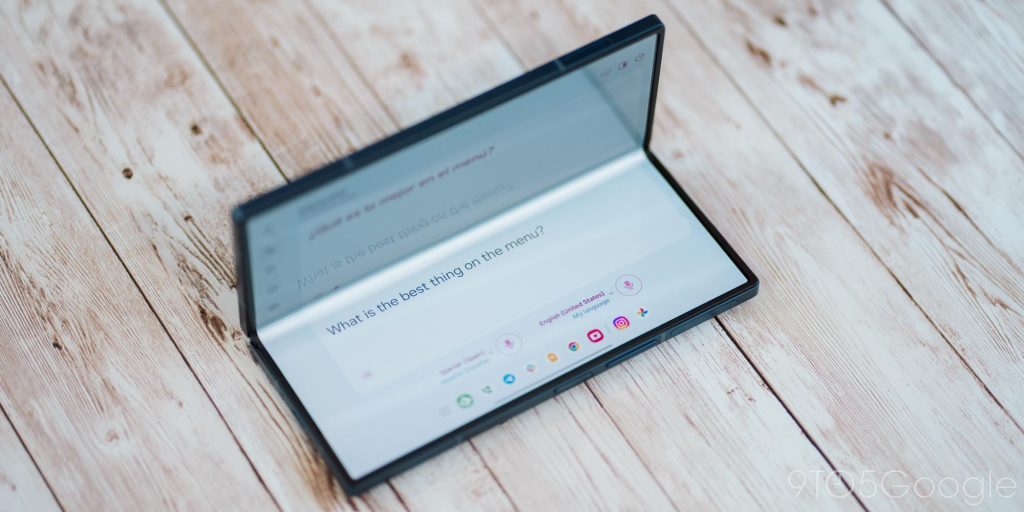


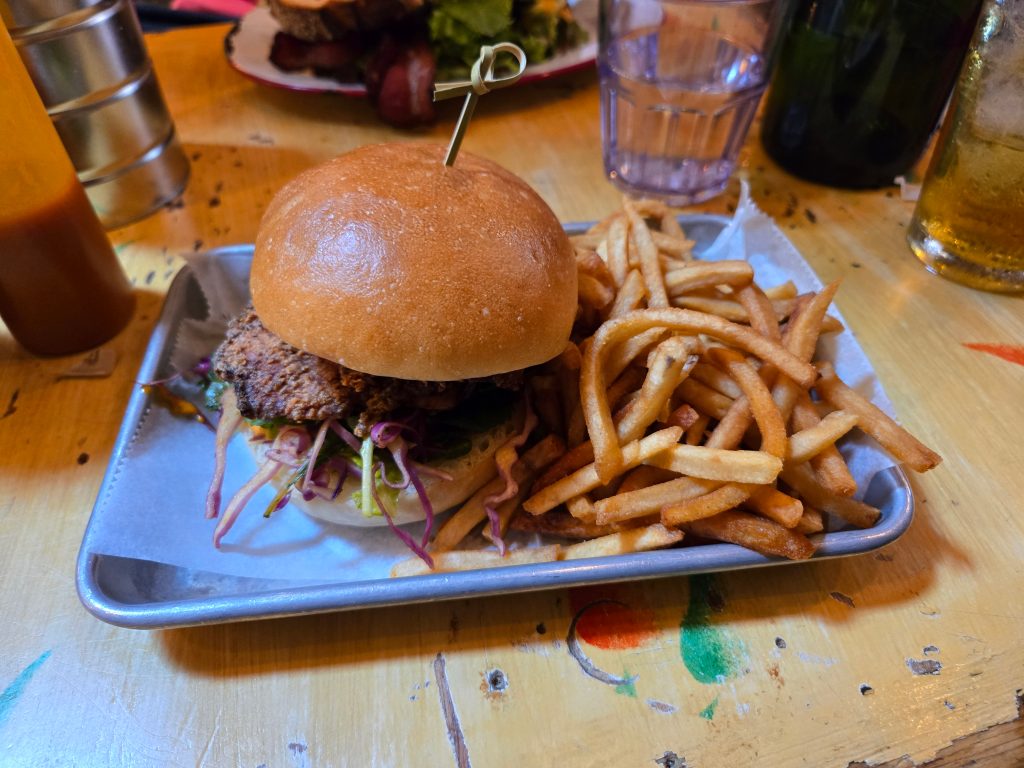



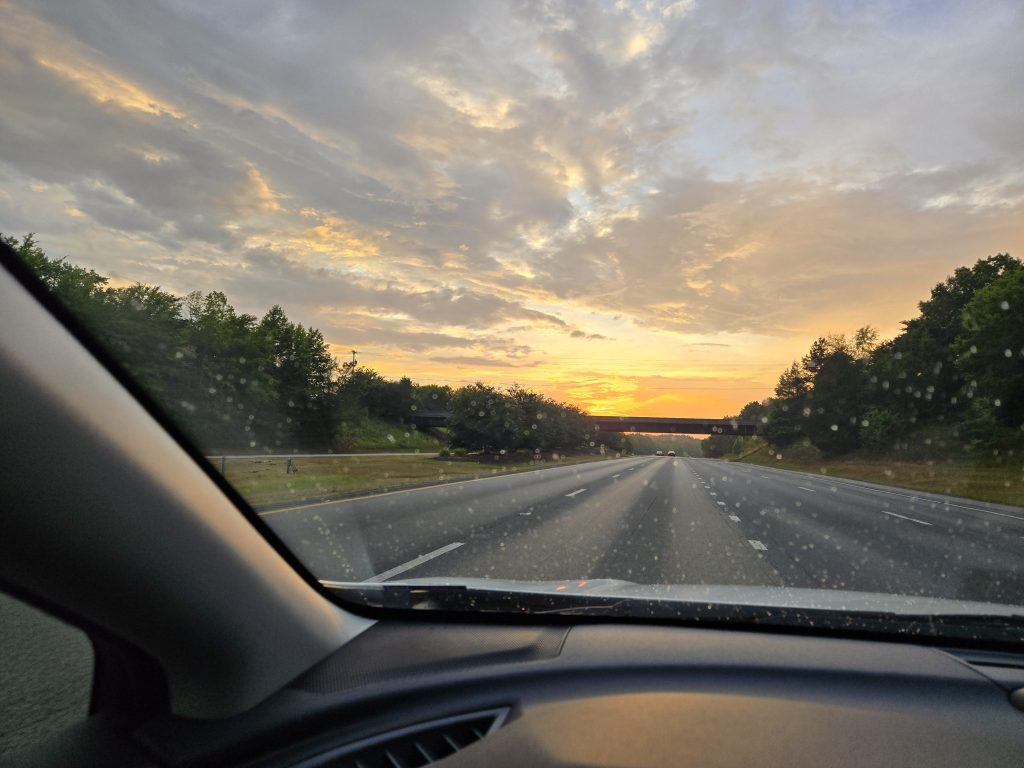
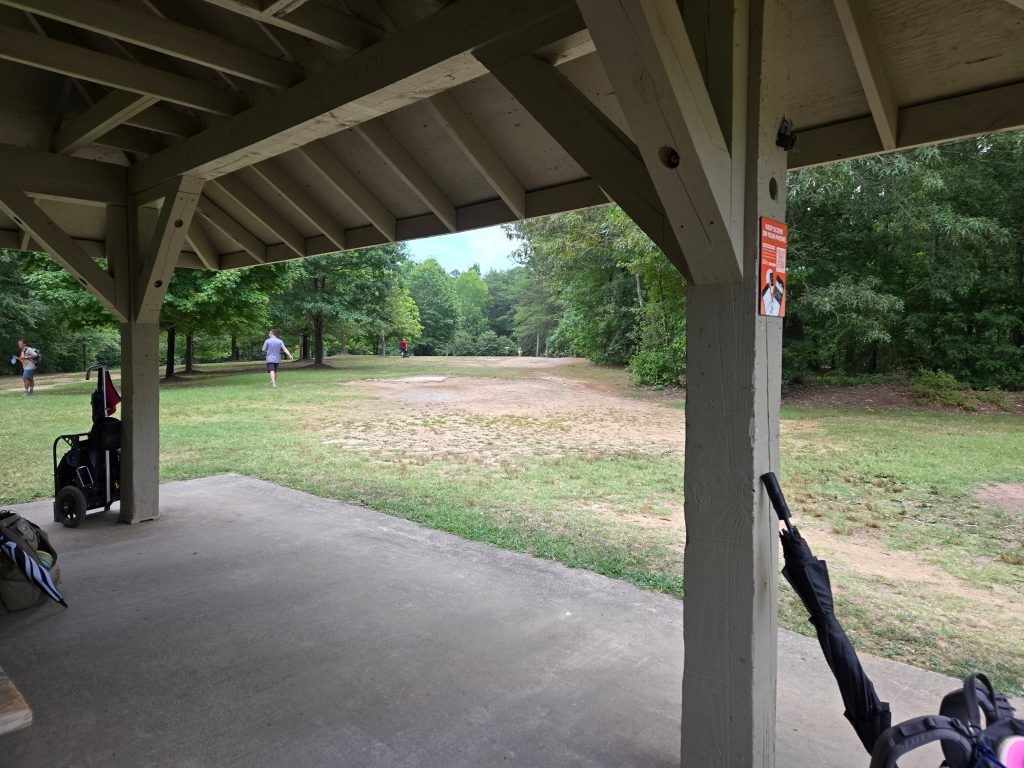
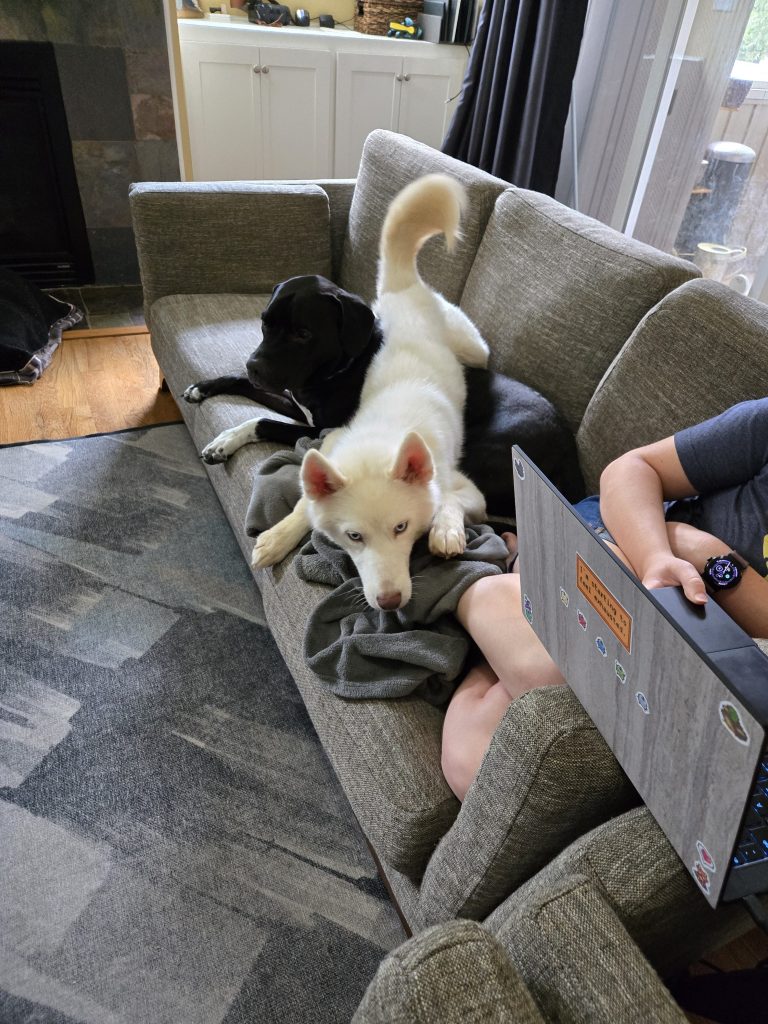
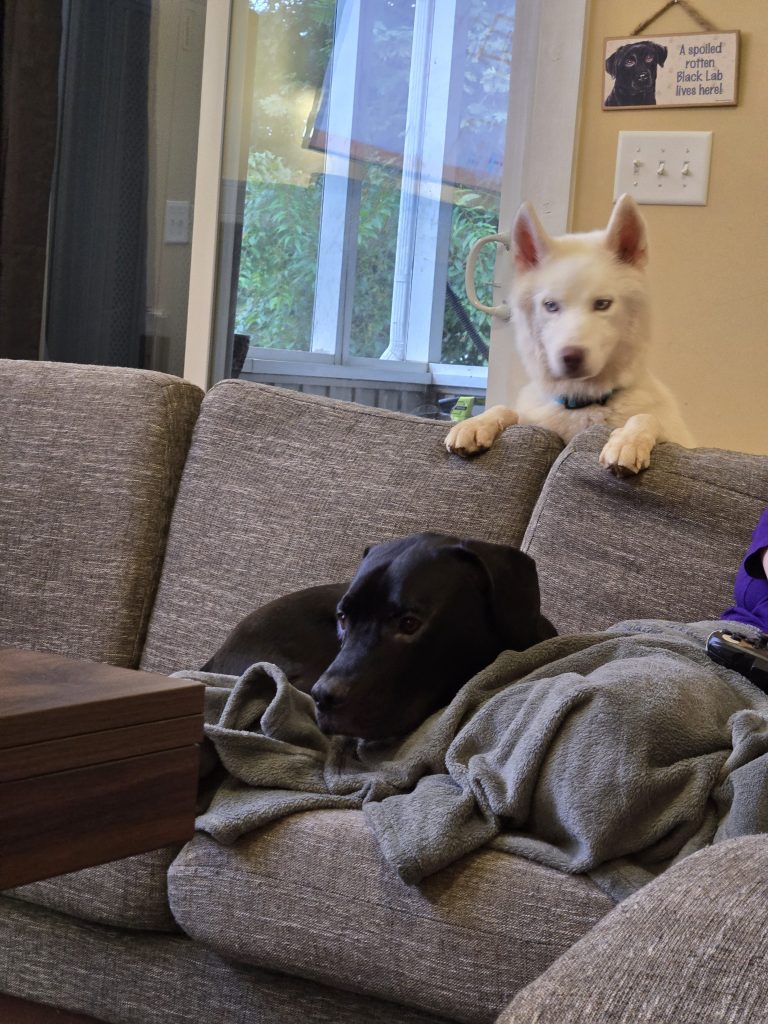
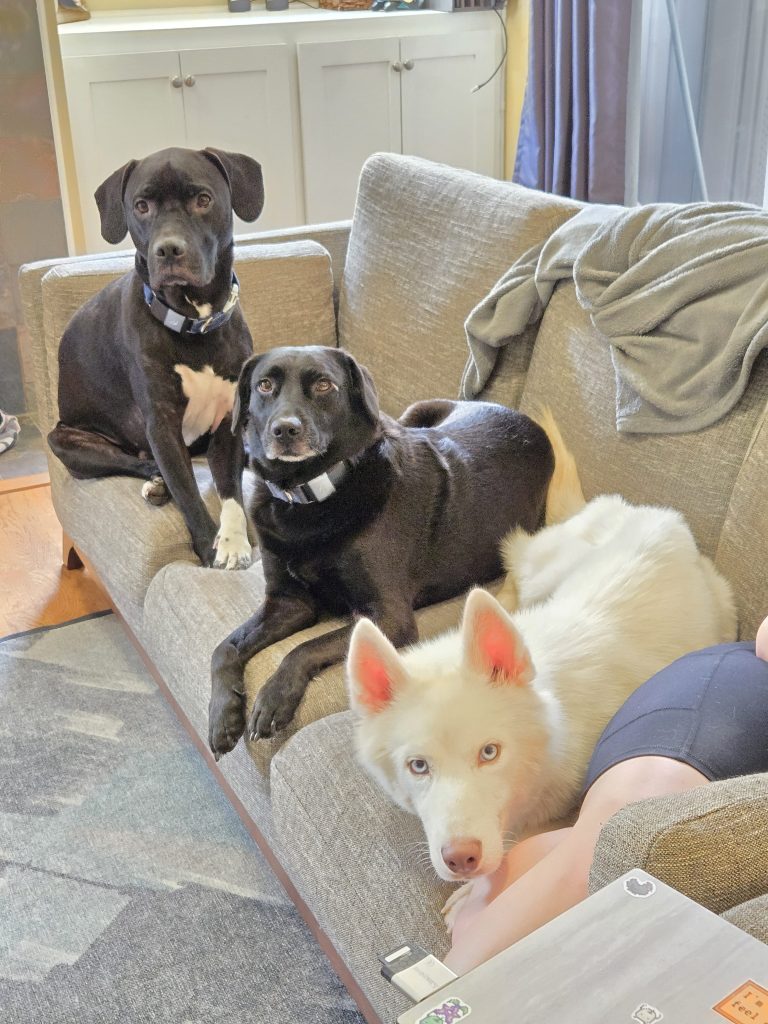




Comments